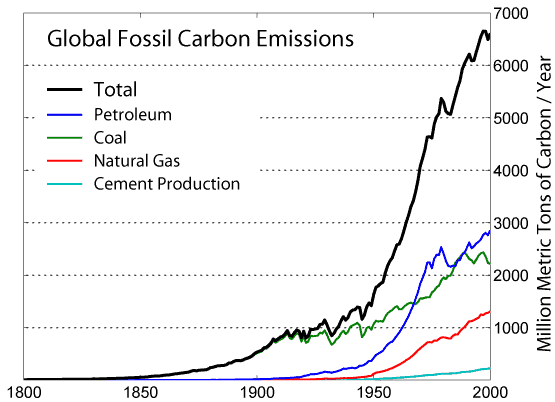This year, we witnessed the United States’ carbon emissions drop to a record level, one that hasn’t been seen in the last 20 years. Lots of people started shouting and spreading misinformation, claiming that renewable energy and all those green measures were responsible for this remarkable feat. It would be great if this were true but sadly… it isn’t.
Hydraulic fracking

Arguably, the biggest role in this was played by hydraulic fracking – the very controversial method of extracting shale gas, which was inaccurately called by many a clean bridge fuel. For an equivalent energy production, hydraulic fracking produces much less CO2 emissions than burning coal, for example – but it has many other downsides.
The method is basically all about injecting an undisclosed mixture of chemicals (including radioactive elements) in the ground and creating an artificial fracture system, upon which the hydrocarbon can migrate towards the surface. It is associated with ground water contamination, risks to air quality, migration of gases and hydraulic fracturing chemicals to the surface, mishandling of waste, and the health effects of all these. The University of Texas has conducted lengthy studies on this topic.
According to Slate:
The U.S. used to generate about half its electricity from coal, and roughly 20 percent from gas. Over the past five years, those numbers have changed, first slowly and now dramatically: In April of this year, coal’s share in power generation plummeted to just 32 percent, on par with gas.
It’s tempting to think that hydraulic fracking can, thus, take care of our environmental problems – but that’s just not true. Aside from the other, potentially much more dangerous hazards associated with the method, this will only delay our problems.

Exporting to Europe
The drop in US CO2 emissions coincided with a major surge in CO2 emissions by Europe. Why is that? You wouldn’t expect something like this from an industrialized continent like Europe. As hydraulic fracking lowered the cost of energy in the US, Americans started selling their now surplus coal to Europe – so the emissions went in the atmosphere, just some other place. This trend will also be short lived, as many of Europe’s coal mines are set to close. What with the coal then ? Well, the US will probably start selling it someplace else, most likely the underdeveloped parts of Asia.
A hot year
Lastly, there’s not so much need for heating on a warm year, right? This drought-filled year was one of the warmest on record.
So, tempting as it would be to think that renewable energy is responsible for this drop, you really have to look at the bigger picture and understand that at a global level, things haven’t really changed – and even inside the US, it’s not all peachy.


